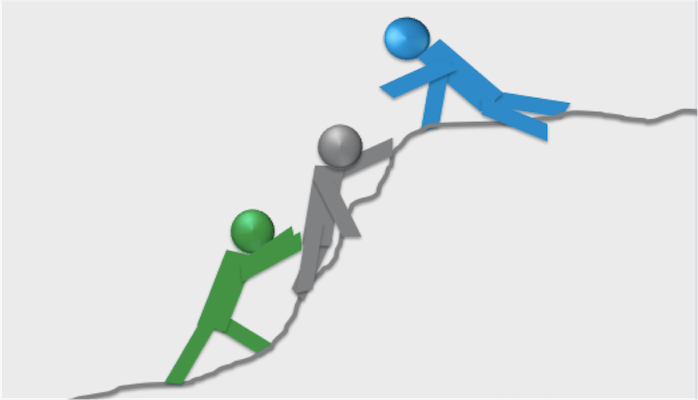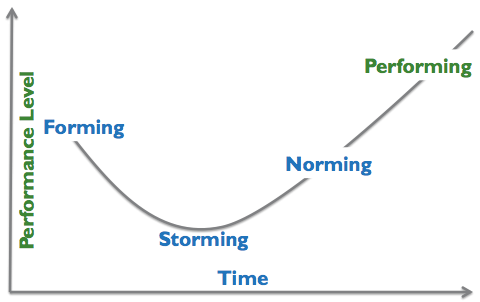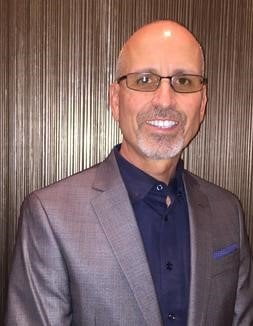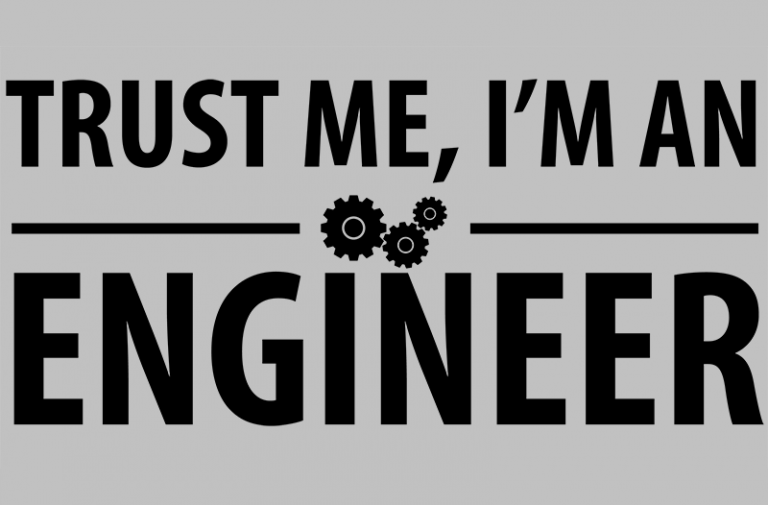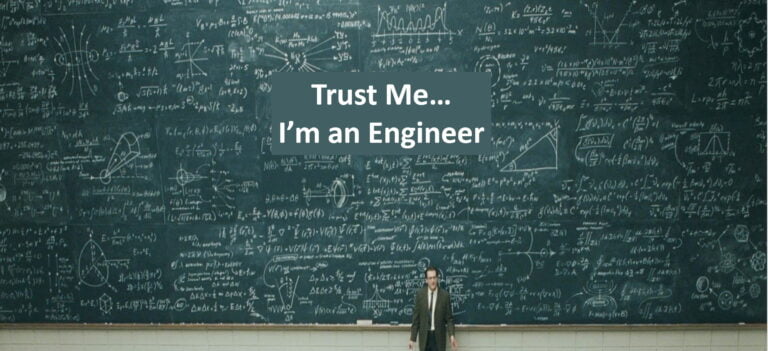Developing High-Performing Teams
Henry Ford, the founder of Ford Motor Company, delivered a clear and concise message regarding the importance of teams and the power of team building by saying, “Coming together is a beginning. Keeping together is progress. Working together is success.” The strength and success of an organization’s operational excellence transformation are highly dependent on a strong team culture.
A team consists of people with complementary skills who are committed to a common purpose, with action plans and a set of performance goals for which it takes ownership and holds itself accountable. You may consider an entire organization a team, with an overall culture, and each department and function within the organization a team with its own subculture. You may also form teams with specific goals, purposes, and durations, as described below.
- Ad hoc teams are formed with short notice, for a specific purpose, with a limited scope, for a short duration, and may be comprised of cross-functional members.
- Cross-functional teams are multi-disciplined and multi-functional, typically focused on efforts, processes, operations, procedures, and deliverables; they may cross multiple departments or functions.
- Functional teams are permanent teams formed within a department to focus on specific functions within the organization.
- Improvement teams address quality, efficiency, productivity, or transformational opportunities; they may be comprised of cross-functional members.
- Leadership teams are formed to include those members of the organization who have a strategic role and guide the organization to achieve the vision, mission, and strategies.
- Lean Six Sigma teams focus on specific improvement processes and projects that require a reduction in variation and/or non-value-added activities; they may be comprised of cross-functional members.
- Project teams work on specific initiatives that have defined deliverables, scope, and scheduleto deliver a solution, such as a service, product, or other defined outcome; these teams may be comprised of cross-functional members.
- Quality teams focus on quality-related opportunities and topics to address problems, improve performance, and achieve quality goals.
- Self-directed teams are empowered to operate and are authorized to deliver results without direction or supervision.
- Task forces are comprised of experts with wide authority and decision-making freedom, formed for a specific purpose, which may be political or sensitive in nature; these teams may include cross-functional members.
- Virtualteams are made up of members located in varying geographic locations; these teams use technological tools to interact, conduct meetings, and achieve goals.
American industrialist and philanthropist Andrew Carnegie once said, “Teamwork is the ability to work together toward a common vision – the ability to direct individual accomplishments toward organizational objectives. It is the fuel that allows common people to attain uncommon results.” Recognizing, understanding, and building on the stages of team development are critical to developing a high-performing culture. Psychologist Bruce Tuckman used the phrase “forming, storming, norming, and performing” in the article, Development Sequence in Small Groups, in 1965, to describe the process of group development in achieving high performance and delivering results.
Following are the four stages of team development:
Forming
Members are typically excited, anxious, positive, and polite.
- Have a strong dependency on the leader; looking for clarification, guidance, and directions from the team leader
- Feeling uncertain about their roles within the team; not yet sure what is expectedof them nor what and how they may contribute
- Starting to work together and get to know each other; learning each others skills, capabilities, and willingness to participate
- Beginning to understand goals, deliverables, processes, procedures, and ground rules for working together; learning how each might engage and contribute as a team.
As a leader of a team in the forming stage, your role is to provide clear and concise goals, objectives, and deliverables, and to provide the team with direction on roles and responsibilities. Encourage team members to have open dialogue and help members settle into their new assignments.
Storming
Members begin to think individually, have conflict, and are distracted from the goals.
- Loyalties are divided; members split into sub-groups due to lack of trust for other members and/or leader
- Teams engage in confrontation, disagreements, and arguments; leadership, goals, and team member roles and support for the team are challenged
- Approach, methods, and processes are being contested; members may begin to rebel against and shortcut the schedule and plan adding significant risk to the efforts scope, schedule, and budget
As a leader of a team in the storming stage, it is necessary to take on a more directive role in order to establish structure, clearly define how the team will work together, and clarify roles and responsibilities. It is your responsibility to build trust, resolve conflict, address concerns, and provide resolutions amenable to all members. You must recognize and address when members revisit the storming stage, typically due to membership changes, goals changing, or leadership changes.
Norming
Members start working together, have less conflict, and focus on the goals.
- Goals, deliverables, and approach are understood; members begin supporting the leader, schedule, and plan
- Understand and accept their roles and responsibilities, as well as others’ roles and responsibilities; begin to work together as a cohesive team
- Focus is switched from conflict and challenge to achieving goals; trust and collaboration exists within the team
As a leader of a team in the norming stage, your role is to coordinate the team’s functions and activities at a high level, and to guide the team to take responsibility and manage toward the goal.
Performing
Members begin to focus on the process, operate efficiently, and achieve goals.
- Exhibiting open dialogue and communications; resulting positive energy, motivation, and enthusiasm
- Relying on each other; team demonstrates trust with collaborative and interdependent cooperation and decision making
- Handling and resolving conflict; members reach consensus, follow process, and respect decisions
- Providing ownership and clarity of the approach, activities, tasks; members work together delivering results and achieving goals
As a leader of a team in the performing stage, your role is to delegate much of the authority and decision making to the team; focus your efforts on developing team members.
Adjourning is a fifth stage (for non-permanent teams), added by Tuckman in 1977, to identify when the work is complete and the team is dissolved. As a leader of a team in the adjourning stage, your role is to ensure team evaluations are complete, help members transition off the team and into another role, and celebrate the success of the team’s accomplishments
Benefits of developing high-performing teams include:
- Enhancing an environment of skill development and learning for personal growth and satisfaction
- Removing silos and barriers, resulting in a collaborative setting with a sense of belonging
- Developing a diverse and inclusive environment in which individuals work toward common goals with an understanding of the organization
- Creating an ecosystem to efficiently and effectively resolve issues and deliver results that individuals alone cannot
Characteristics of high-performing teams include members having:
- An understanding of their roles and responsibilities as individuals and team members
- An understanding of their purposeand goals, as well as a plan for how to achieve success
- Participation in team discussions and decisions, and to share accountability and ownership of execution and results
- Respect for each other and a commitment to resolve conflicts with appropriate communication and listening skills
- Employment of fact-based and data-driven decision making
- Effective and efficient meetings, with adherence to agendas, action plans, ground rules, and suitable record keeping
Leaders’ contributions to high-performing teams include:
- Providing clarity of the organization’s purpose, vision, and mission
- Providing the plan, goals, and deliverables with direction, support, and resources
- Clearly communicating and sharing real-time business goals and results
- Reinforcing and rewarding positive outcomes, while learning and adjusting from negative ones
Characteristics of ineffective teams include:
- Ambiguous goals and objectives, with no plan or little documentation to ensure success
- Unclear roles and responsibilities causing internal conflict and lack of trust
- Poor communication resulting in tangents, digression, delays, frustration, and missed goals
- Dominating members force their ideas on others resulting in lack of trust and involvement
- Decisions made on instinctive reaction, with no facts or data, resulting in sub-optimal results
- Members’ ideas are ignored resulting in blame and unresolved conflict
Process to Develop High-Performing Teams
- Determine the type of team required, based on goals and objectives
- Define charter with goals, deliverables, scope, metrics, and criteria for success
- Assemble and launch the team, while also providing resources necessary to ensure success
- Conduct reviews to identify the team’s stage of development and support required
- Determine appropriate actions to move the team to performing stage
- Take necessary actions with the team until it reaches performing stage
- Once the team’s goals are achieved, adjourn the team and celebrateits success
By Rod Baxter
Rod Baxter, author of Operational Excellence Handbook and the Success Series of Handbooks, is principal and co-founder of Value Generation Partners. In his 30-year career, he has led operational excellence, transformation, and value generation journeys with several Fortune 500 global companies – representing service, health care, manufacturing, and higher education. Through these experiences, he traveled the globe, facilitating improvement initiatives with colleagues in Europe, Asia, Middle East, and the Americas. He earned a BS from Kent State University and an MBA from the University of Akron; he holds the following professional certifications: PMP, MBB, CSSBB, CMQ/OE, CQE, CQA.
Connect with Rod on LinkedIn

